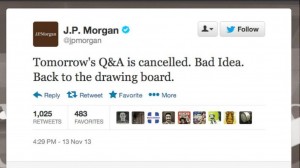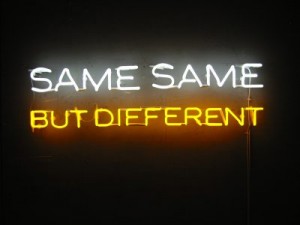Out with the old in with the new. Microsoft recently replaced its 20-70-10 employee ranking system with a new system that will place more emphasis on “personal performance and teamwork.” The old system led to the lowest 10% of employees being categorized as under-performers who were, more often than not, fired. While it makes use of coercive power, firing 10% of workers should provide more than adequate motivation for workers to not end up in the bottom10%, thus leading to increased overall success for the company. To see the proof of firing as a motivator one only need look to Jim Pattison who used to fire the lowest grossing salesman each month. Is it really such a bad model? Yahoo does not seem to think so as they are rumoured to have adopted it. As for Microsoft, only time will tell if its more team-based, egalitarian model will be the answer to the company’s employee performance and retention problems. Or perhaps the company’s problems do not lie with its ranking system but rather with its corporate culture — and this friendlier approach is only a charade to put some gloss on the company image as a ruthless competitor.
Image: http://pennyherscher.blogspot.ca/2012/07/employee-ranking-is-innovation-killer.html






